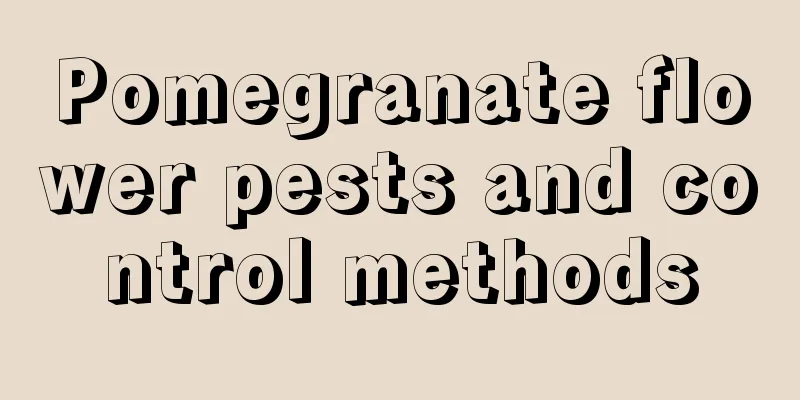Canna Pests and Control Methods

Canna Pests: Leaf RollerssymptomIn summer and autumn, the larvae spin silk to wrap the leaves into rolled or folded leaves. The larvae hide in the leaves and chew the leaf flesh, leaving the veins and upper epidermis, forming a transparent gray-brown film, which then breaks into holes, called "opening a skylight". Although canna is highly adaptable, we must pay attention to the invasion of leaf rollers on canna from May to August every year to avoid damaging the tender leaves and inflorescences. Prevention and treatment methodsIn autumn and winter, overwintering larvae on fallen leaves, in cracks or near buildings should be killed in time. In summer, newly hatched larvae should be killed in time, and the affected leaves should be removed when necessary. You can spray 800 times diluted 50% DDT or 1000 times diluted 50% carbendazim emulsifiable concentrate for prevention and control. Canna pests: banana budwormsymptomThe adult banana budworm will lay eggs on the leaves, tender stems and petioles of canna. When the larvae hatch, they will crawl to the edge of the leaves and bite the leaves. The banana budworm will also spin silk to stick the leaves into a roll shape. In the morning and evening, they will crawl onto the outside of the roll and bite nearby leaves. Plants that are severely infested by banana bract borers will have a large number of leaf bracts and incomplete leaves, which seriously affect the growth and ornamental effect of cannas. Prevention and treatment methodsWhen you find leaves infested by banana bract borers, remove the bracts in time and kill the larvae. Before the larvae hatch and form leaf bracts, kill them with 1000 times diluted 90% dichlorodiphenyltrichloroethane, or spray with 1000 times diluted dichlorodiphenyltrichloroethane in the morning or evening. Canna Pests: CutwormssymptomCutworms are polyphagous pests. The main harm to canna is the larvae, which bite off the stems of the seedlings near the ground, causing the death of the entire plant. Prevention and treatment methodsWhen cutworms are found to be harming canna plants, they can be captured manually or 600-800 times diluted dichlorodiphenyltrichloroethane can be injected into the soil around the roots for prevention and control. |
<<: Common diseases and pests of February orchid and their control methods
>>: Diseases and Pests of Peony and Their Control
Recommend
Cultivation methods and precautions of tiger palm
1. Soil To grow tiger palm, you need loose, well-...
Can orange trees be planted in the yard?
Can I grow an orange tree in my yard? Orange tree...
What fertilizer to use for Schefflera arborvitae and how to make it grow faster
1. What fertilizer to use When growing Schefflera...
How to grow the green radish in water to make it more vigorous
The water of the green radish grown in water need...
What causes orchid leaves to turn yellow? How to deal with it
1. Too much light 1. Reason: Except for a few spe...
How to take care of newly bought mint
1. How to grow the mint you just bought Mint will...
Milan flower varieties
Mizilan Milan is a native variety of Milan, with ...
How much fertilizer to apply to potted strawberries
1. How much fertilizer to apply The root system o...
The magical effect of willow bark on orchids
Willow bark benefits Willow bark is actually not ...
Can pennywort be planted in the yard?
Can I grow pennywort in my yard? You can plant pe...
Cultivation methods and precautions of Dracaena fragrans
The Dracaena fragrans itself is a relatively easy...
When is the best time to prune elmleaf plum
Pruning effect of elmleaf plum Because Prunus arm...
Is daylily poisonous? What are the benefits of eating daylily?
1. Is it poisonous? Fresh daylily is poisonous. I...
Does spring rain prefer shade or sun?
Does spring rain prefer shade or sun? Spring rain...
How to grow and propagate asparagus fern
1. Breeding technology 1. Soil: Asparagus fern ha...









